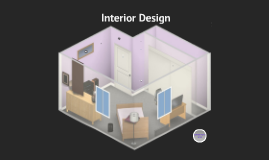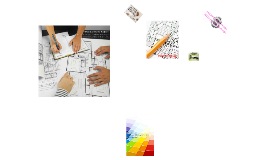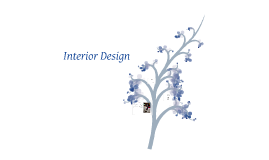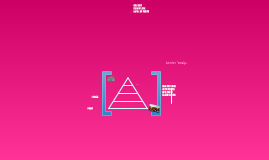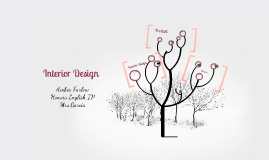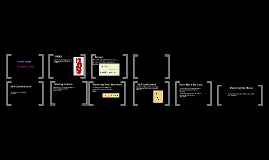interior design
Transcript: Julia Madsen INTERIOR DESIGN Have YOU ever thought about YOUR room and how it can affect YOUR mood? MOOD Furniture Colors For example... a mood lightning room(: or... a nature room.. or even... a peaceful room... while designing a teen's bedroom, look at these interesting ideas! You can make and design your own room using PBteens Room Planner! Color Item Placement Lighting ALL of those affect your mood. Color can affect how you feel. Certain colors make you feel a certain way. Such as... Blue- it makes you feel peacefulness, tranquility, ease, freshness, and abundance. White- it makes you feel clean, pure, clarity, and preciseness. Yellow- it makes you feel happy and cheerful. Red- it makes you feel passionate and high energy. Green- it soothes you, and reminds you of nature. Brown- it creates a homey feel, comfort, friendliness, health, and vitality. When designing a bedroom, choose colors such as... -blue -green -brown because they all calm you and make you peaceful. Think of your bedroom. What color is it? Furniture and light also plays a big part in affecting your mood. In some restaurants, they only want you to stay for a short amount of time. If that is the case, they make the chairs hard and uncomforatable, and they make the room light colored and the lighting very bright. If restaurants want you to stay for a longer amount of time, they make the seats comfortable and soft, and they make the lighting very dim and the wall color dark. This also makes you want to eat more. Where items are placed also affect mood. For example... If you have a cluttered room it shows a feeling of anxiety. If you have a couch with its back to a large window, people feel vunerable and feel as if someone will sneak up behind them. If you are making a family room, you want to have enough comfortable seating for everyone, and if you don't it will make people feel awkward and tense. One style of item placement is Feng Shui. Feng Shui is very popular in the twenty-first century. Feng Shui is the Chinese art or practice of positioning objects, especially graves, buildings, and furniture, based on a belief in patterns of yin and yang and the flow of chi that have positive and negative effects. Feng Shui has a lot to do with numbers. Certain numbers mean certain things. •0 - void, nothingness, potential •1 - unobstructed flow of energy, new beginnings •2 - balance, choice, cooperation •3 - creativity, family, self-expression •4 - stability, grounding, security •5 - change, resourcefulness, adventure •6 - calm, patience •7 - contemplation, self-evaluation, solitude •8 - infinity, abundance, success in business •9 - highest number, accomplishment, attainment What's your address? What does it mean? So take your address, for example. Mine is 119. If you add the numbers you get 11, so my house number means and unobstructed flow of energy and new beginngings. Feng Shui also has a lot to do with enhancing ones life experience. For example, think about your bedroom. Your bedroom is designed for relaxation and rest. The philosophy, Feng Shui, believes that without the proper rest you will not be able to achieve anything. Accessories can also affect the mood of a person. For example... If there is a small table crowded with photos or flowers it can irritate a person who is trying to put their drink down. But a small table with a simple bud vase and a cheerful, colorful flower next to a drink can create a happy, friendly mood. Interior Design changes during different time periods. In the 1950's, many people were into plastic counter tops, exuberant colors, nature and organic shapes, and durable pine floors, In the 1970's, many people were interested in historic preservations, opening up space, Brillo Stool, Zanotta beanbags, wiggle stools, cubed lamps, and colors such as gold, grey, brown, red, yellow, and blue. Next time you're designing a room, think of this presentation to help you plan it. Thanks for watching!(: http://www.pbteen.com/stylehouse/roomplanner/ (cc) photo by medhead on Flickr Interior Design






